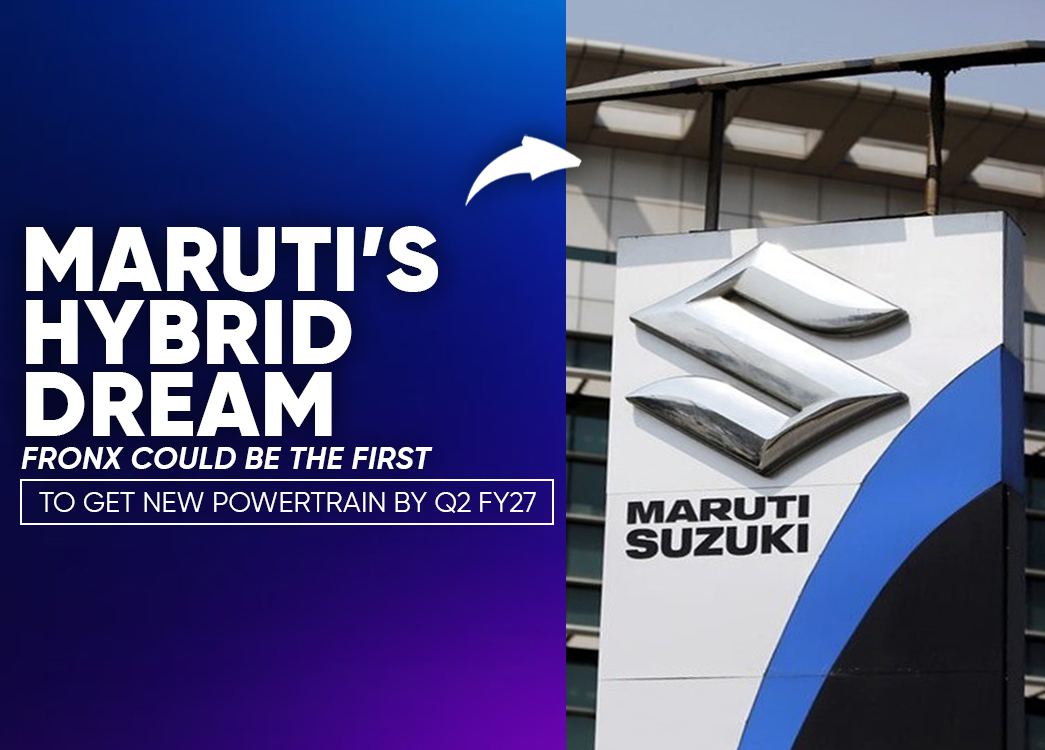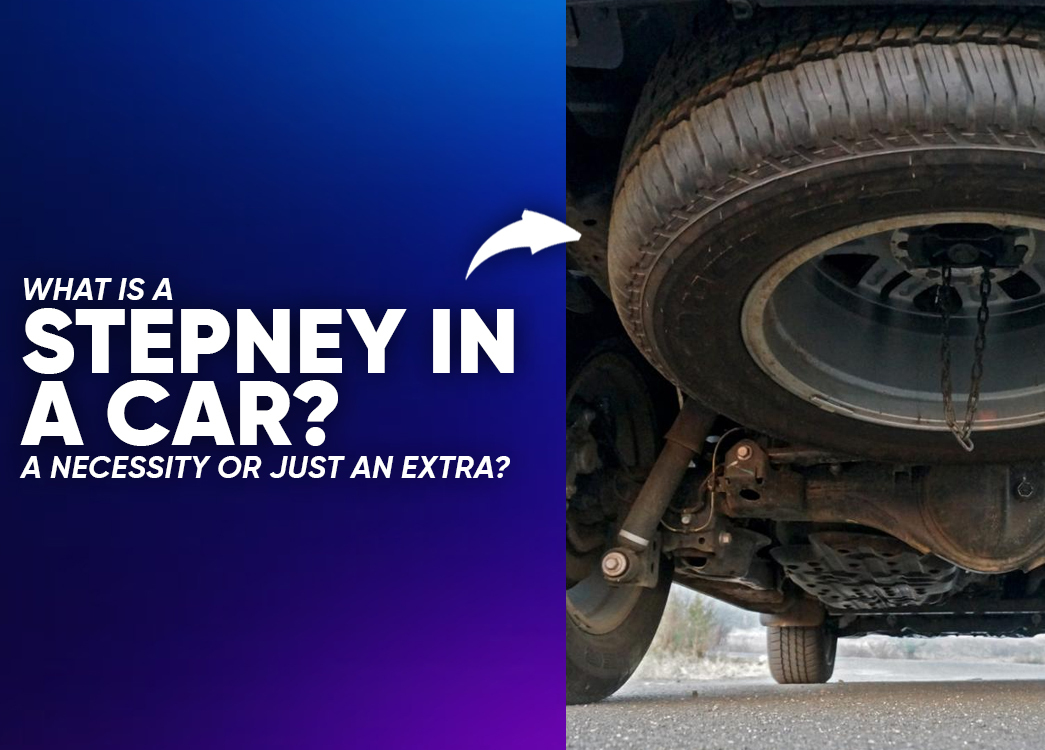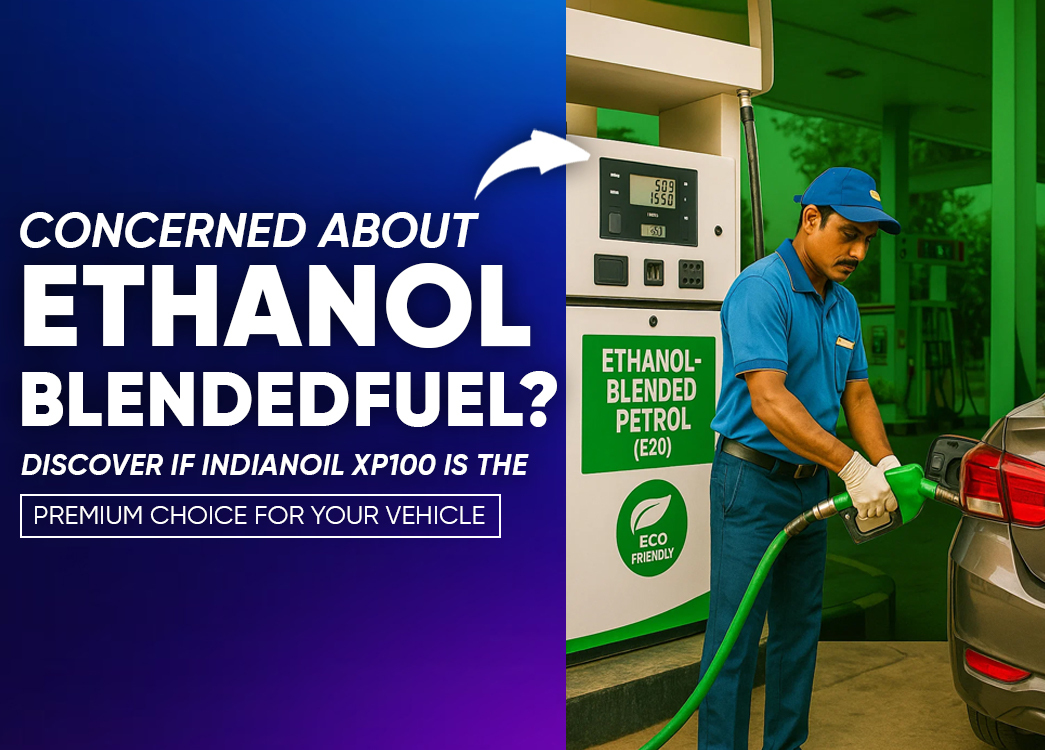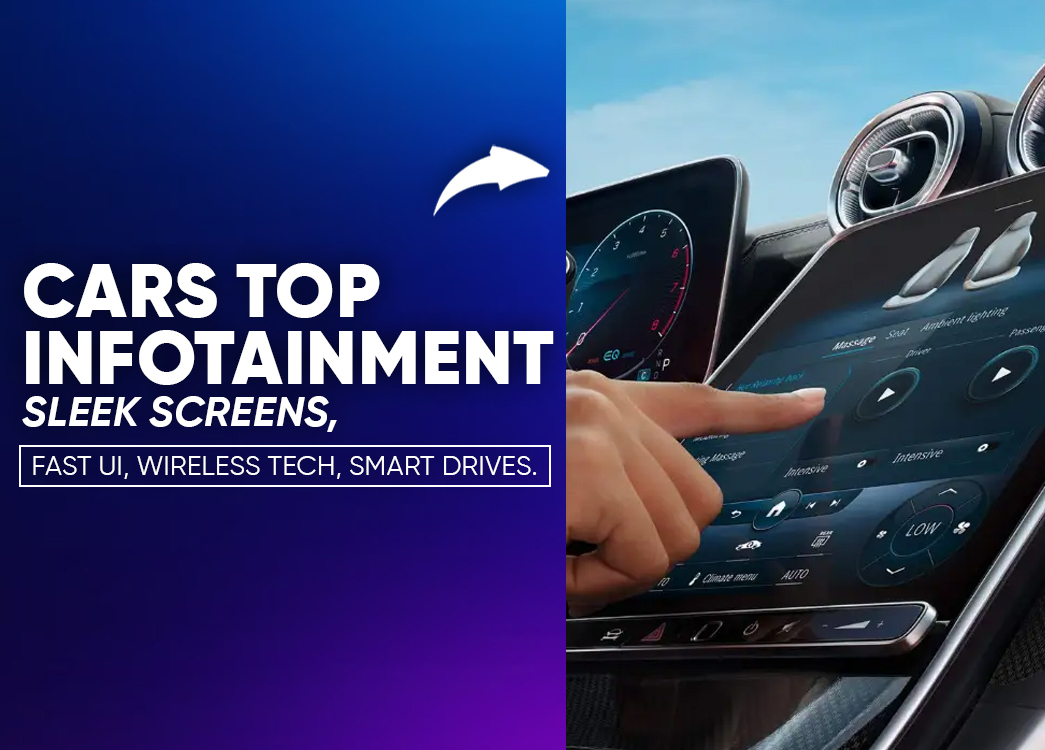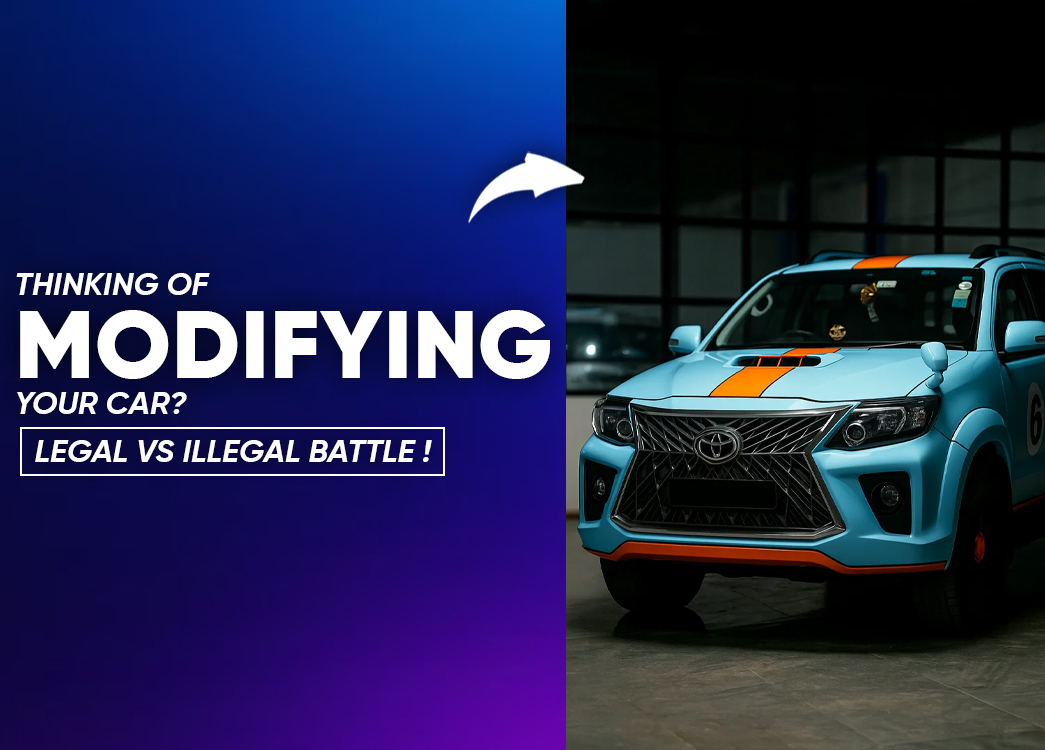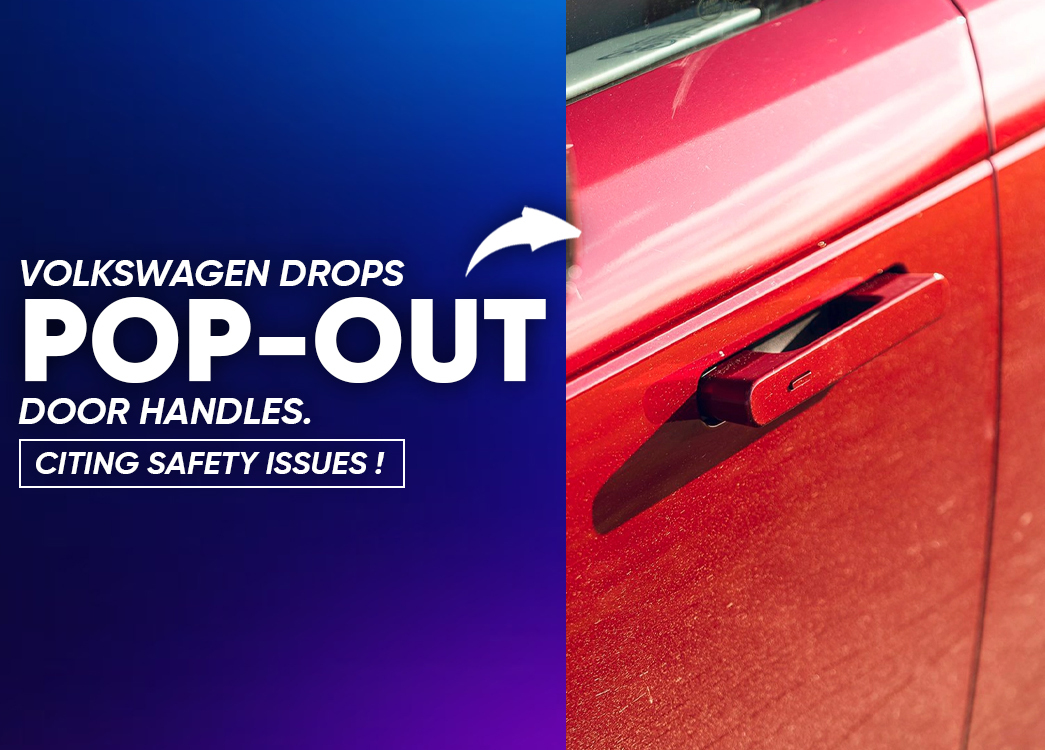
By creckk On 18-09-2025 at 12:03 pm
Volkswagen Abandons Pop-Out Door Handles Over Safety Concerns: Why Traditional Designs Are Making a Comeback
Volkswagen Won’t Build Cars With Pop-Out Door Handles: Here’s Why
When Volkswagen first embraced flush pop-out door handles, it was meant to symbolize the future of car design. Sleek, aerodynamic, and futuristic these handles promised style and efficiency. But sometimes, the future isn’t as perfect as it looks on paper. Today, Volkswagen has confirmed it will not use pop-out handles in its upcoming models, citing safety concerns, customer frustration, and rising costs.
Customer Complaints Became Impossible to Ignore
Volkswagen CEO Thomas Schäfer openly admitted that user feedback drove this change. Customers found the pop-out handles inconvenient and unreliable, especially in harsh weather. “The feedback was clear,” Schäfer said. “People want simple, intuitive, and dependable solutions. That’s what Volkswagen stands for.”
Safety Issues Sparked the Shift in Volkswagen Design
The turning point came with the ID.4 crossover, where more than 100,000 vehicles had to be recalled. Moisture seeped into the electronic controller of the door system, damaging circuit boards. In rare cases, this caused doors to open while driving an unacceptable risk for a high-volume EV.
Flush handles rely on electronic release systems rather than mechanical linkages. This means the entire system’s reliability rests on waterproofing and sensor performance. When they fail, doors may jam shut or open at the wrong time. Even though backup mechanical releases were fitted, Volkswagen found the failure rate too high to ignore.
Aerodynamics vs. Reality: Minimal Gains, Maximum Headaches
One of the original selling points of flush handles was aerodynamics reducing drag to improve EV range. However, Volkswagen engineers found the real-world gains were too small to justify the complexity. In contrast, the customer frustration was significant: confusing mechanisms, slow response times, and failures in rain or freezing conditions. In short, the cost-benefit equation didn’t add up.
The High Cost of Complexity in Car Manufacturing
Flush systems are expensive to build, maintain, and repair. Unlike traditional mechanical handles, they demand precision assembly, waterproofing, and seamless integration with the car’s electronic architecture. Fleet owners and cost-conscious buyers also worried about long-term reliability with potential replacement costs for motors, sensors, or control units.
Traditional pull-type handles, on the other hand, are inexpensive, durable, and proven across decades of automotive use. As Schäfer noted, “Why complicate something that already works brilliantly?”
Volkswagen’s Return to Conventional Door Handles
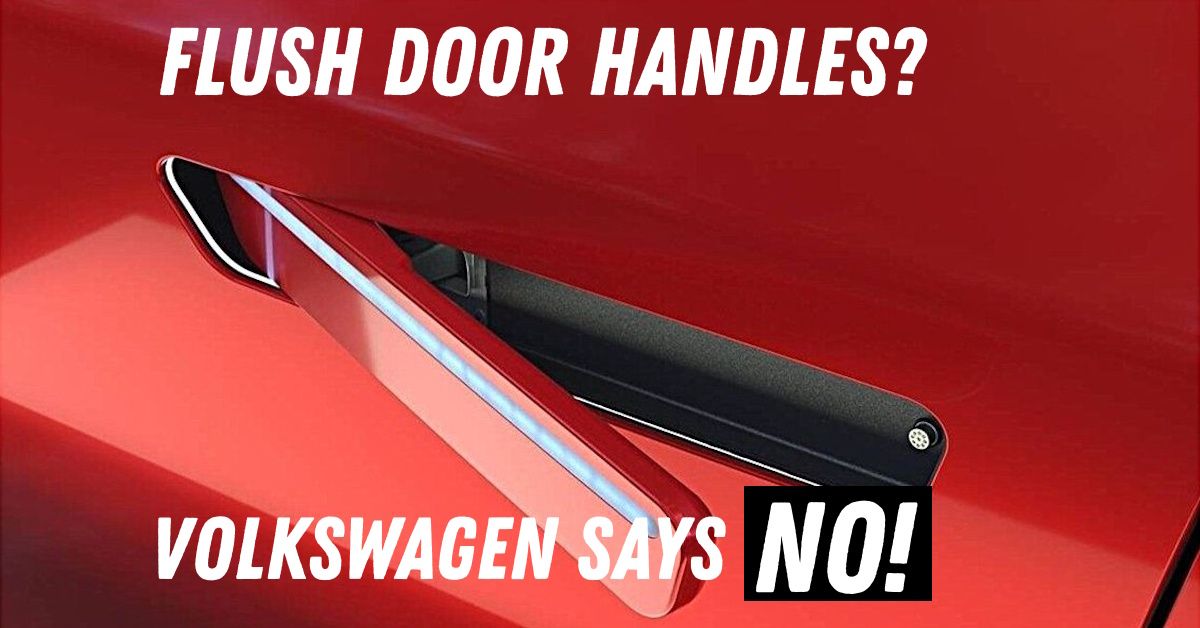
The recently unveiled ID.2 prototype reflects this shift. Volkswagen has gone back to classic pull-type handles a design that prioritizes reliability, safety, and user familiarity over futuristic looks.
While some brands may continue using flush handles as a marker of advanced design, Volkswagen’s pragmatic approach shows a focus on customer trust over design gimmicks.
Global Industry Rethinking Pop-Out Handles
The conversation is not limited to Volkswagen. Regulators in some countries particularly China are reportedly considering a ban on flush electronic handles due to safety risks in emergencies. If a vehicle loses power, electronic-only handles could trap passengers inside. This concern is now forcing automakers to weigh style against survival.
A Bigger Trend in the EV Industry
Volkswagen’s decision reflects a maturing EV market. Early adopters were drawn to futuristic styling cues, but today’s mainstream buyers prioritize reliability, safety, and value. Flush handles may have been a symbol of progress, but conventional handles symbolize trust.
By listening to customers and learning from recalls, Volkswagen is telling the world that real innovation means solving problems, not creating them.
FAQs:
Why did Volkswagen abandon pop-out door handles?
Due to safety concerns, costly recalls, poor customer feedback, and minimal aerodynamic benefits, Volkswagen decided to return to traditional pull-type handles.
What happened with the ID.4 recall?
More than 100,000 ID.4 crossovers were recalled because moisture leaked into the electronic door controller, causing failures that sometimes led doors to open while driving.
Were aerodynamic benefits significant?
No. Engineers found the aerodynamic drag reduction was minimal and did not justify the added complexity, cost, or safety risks.
What role did customer feedback play?
Customers found flush handles inconvenient, confusing in rain or freezing conditions, and less reliable than traditional designs. Volkswagen listened and acted.
Is China banning flush door handles?
Reports suggest that regulators in China are considering restrictions or bans on electronic-only door handles over safety concerns in emergencies.
What design will Volkswagen use going forward?
Volkswagen is returning to conventional pull-type door handles, as seen in the ID.2 prototype prioritizing safety, simplicity, and reliability.
Related posts
